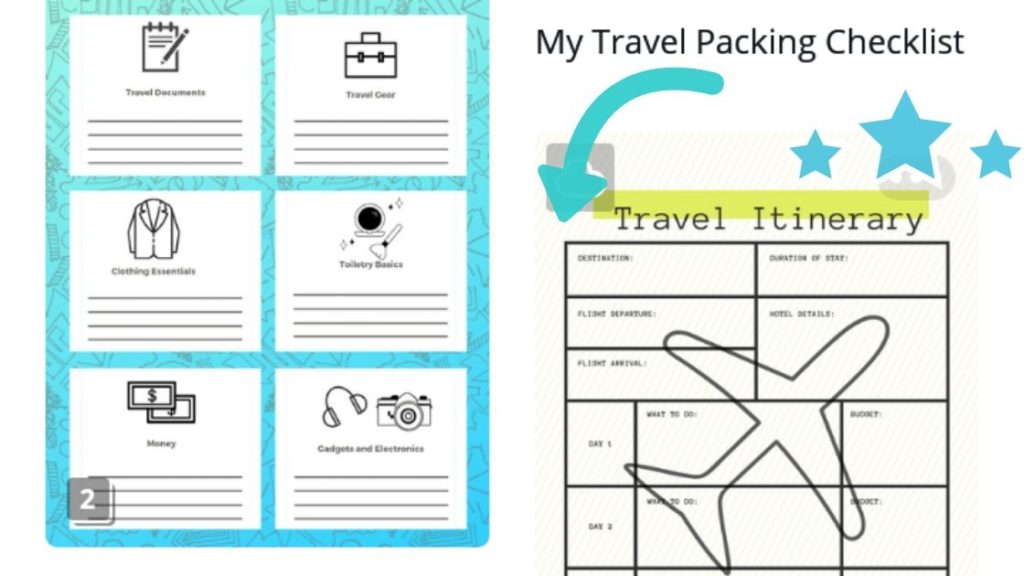WILL AMERICANS NEED A VISA (ETIAS) FOR EUROPE IN THE FUTURE (2021)?

Lately, I heard news circulating about Americans requiring a visa to visit Europe in the near future. At first, I thought it was all heresay. Then, after much primary research, I learned that the so-called rumors were true. My reaction at the headlines alone regarding this topic was not a positive one. After all, I like to travel with ease. Forget about one or two-step travel preparations, I like more “no-step” travel if you know what I mean.
My second thought, was that the United States has access to the majority of countries in the European Union for up to 90 days under a Visa Waiver Program. European citizens also share the same privilege of visiting the United States for the same alloted period of 90 days for business or leisure. Therefore, it seemed quite unfair indeed that suddenly the European Union would subject Americans to a visa application.
There is indeed a crucial reason behind the upcoming visa introduction for Americans. To enhance international security, countries in the Schengen zone of Europe introduced this mutiple-entry visa. By a vote passed in 2017, it was determined that by the year 2021, Americans would require to apply for ETIAS (European Travel Information and Authorization System) approval before entering countries in the Schengen zone.

ETIAS only applies to the 26 countries within the region of the Schengen zone: Austria, Belgium, Luxembourg, Netherlands, Germany, France, Spain, Portugal, Sweden, Finland, Denmark, Lithuania, Latvia, Estonia, Poland, Slovakia, Hungary, Slovenia, Italy, Greece, Czech Republic, Malta, Iceland, Norway, Lichtenstein, and Switzerland.
Essentially, the breaking news is not as terrible or inconvenient as I assumed. In fact, in some ways, travel to the Schengen zone countries in Europe will be easier because the multiple-entry visa will be unlimited entries within a three year time period. Whereas currently, if you are a long-term traveller, you would have to be mindful to move outsides of the Schengen zone every 90 days by simply catching a cheap flight or train o to other non- Schengen zone European countries or outside continental Europe.
Finally, how much with this new ETIAS cost you? The good news is…not much at all! With a cost of only $8, this visa will not break your budget in any way. I was relieved when I learned that the cost was so low thinking about the costs of other countries visas for study/work, etc. In this case, I can say that this visa introduction is actually beneficial for the American traveller in the end. We can all breath a sigh of relief out in the United States!







